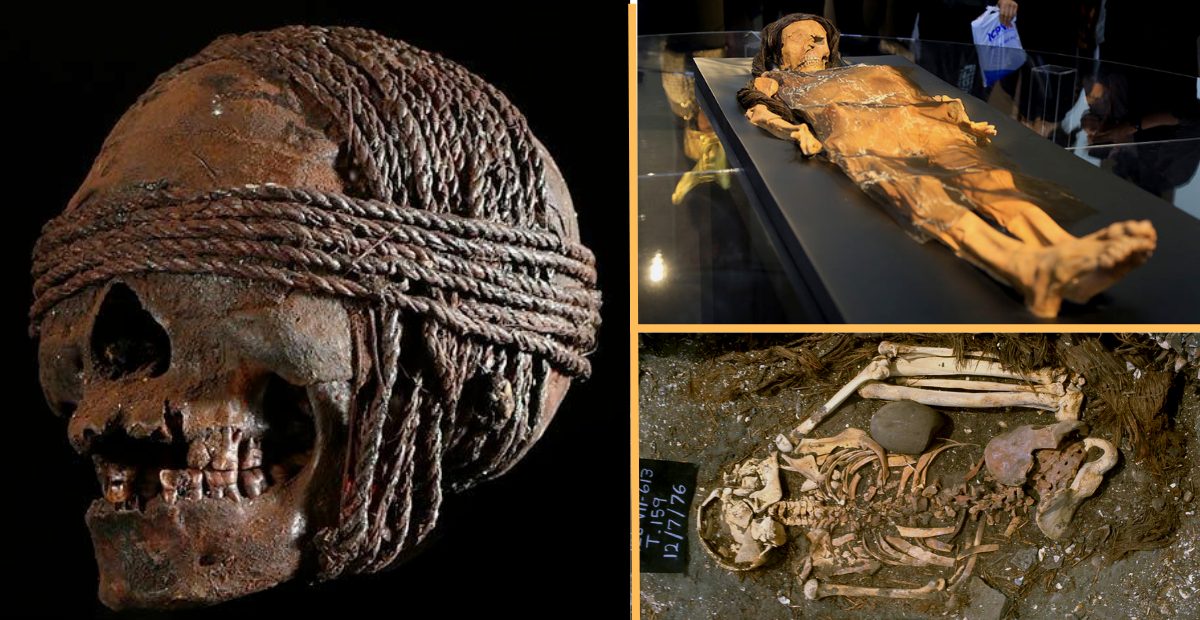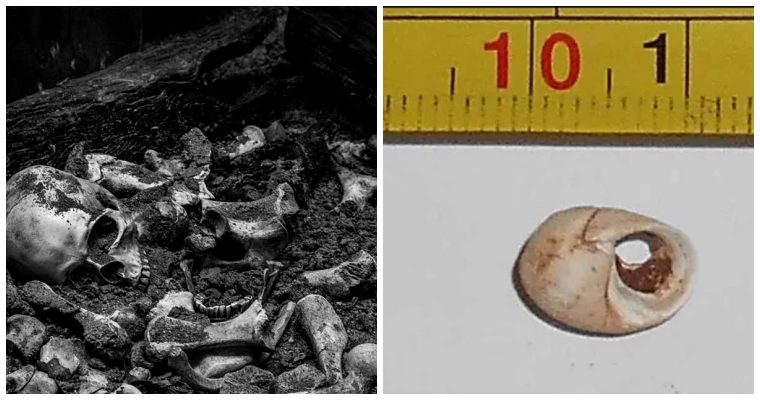Paleontologists have described new specimens of theropods — a dinosaur group that includes both modern birds and their closest non-avian dinosaur relatives — from the Late Cretaceous deposits of the Río de las Chinas Valley in the Chilean portion of Patagonia.

A time averaged artist’s interpretation of Patagonia during the Late Cretaceous epoch, about 66-78 million years ago. The animals pictured include non-avian dinosaurs, birds and other vertebrates that have been discovered in the fossil record of the region. Their specific identifications are as follows: ornithurine birds (flying and walking on the ground), Stegouros (armored dinosaur), Orretherium (mammal), Yaminuechelys (turtle), a megaraptorid (large carnivore), unenlagiines (pair of carnivores), and enantiornithine birds (in foreground). Image credit: Mauricio Alvarez & Gabriel Diaz.
The end of the Cretaceous period, around 66 million years ago, was marked by rapid biotic turnover attributed to the impact of a large asteroid at Chicxulub, Mexico, and contributions from increased volcanism from the Deccan Traps.

Environmental perturbations from these events led to the extinction of three-quarters of all life on Earth, including the non-avian dinosaurs.
The most detailed records of biodiversity change, extinction mechanisms, and timing come from northern hemisphere localities, primarily in North America and Europe.
Localities in Patagonia, South America, make an ideal candidate for targeted searches for Late Cretaceous dinosaur fossils.
“The fauna of Patagonia leading up to the mass extinction was really diverse,” said Dr. Sarah Davis, a paleontologist in the Department of Geological Sciences at the University of Texas at Austin.
“You’ve got your large theropod carnivores and smaller carnivores as well as these bird groups coexisting alongside other reptiles and small mammals.”
In their study, Dr. Davis and co-authors on Late Cretaceous theropod fossils from Chilean Patagonia.

Non-avian theropod dinosaurs were mostly carnivorous, and include the top predators in the food chain.
The study shows that in prehistoric Patagonia, these predators included dinosaurs from two groups: Megaraptoridae and Unenlagiinae.
Reaching over 7.6 m (25 feet) long, megaraptors were among the larger theropod dinosaurs in South America during the Late Cretaceous epoch.
The unenlagiines — a group with members that ranged from chicken-sized to over 3 m (10 feet) tall — were probably covered with feathers, just like their close relative Velociraptor.
The unenlagiinae fossils described in the study are the southernmost known instance of this dinosaur group.

The bird fossils were also from two groups: Enantiornithes and Ornithurae.
Although now extinct, enantiornithines were the most diverse and abundant birds millions of years ago; they resembled sparrows, but with beaks lined with teeth.
The group Ornithurae includes all modern birds living today; the ornithurines living in ancient Patagonia may have resembled a goose or duck, though the fossils are too fragmentary to tell for sure.
Some researchers have suggested that the southern hemisphere faced less extreme or more gradual climatic changes than the northern hemisphere after the asteroid strike.

This may have made Patagonia, and other places in the southern hemisphere, a refuge for birds and mammals and other life that survived the extinction.
“This study can aid in investigating this theory by building up a record of ancient life before and after the extinction event,” Dr. Davis said.
A paper describing the findings was published in the Journal of South American Earth Sciences.
Source: sci.news








